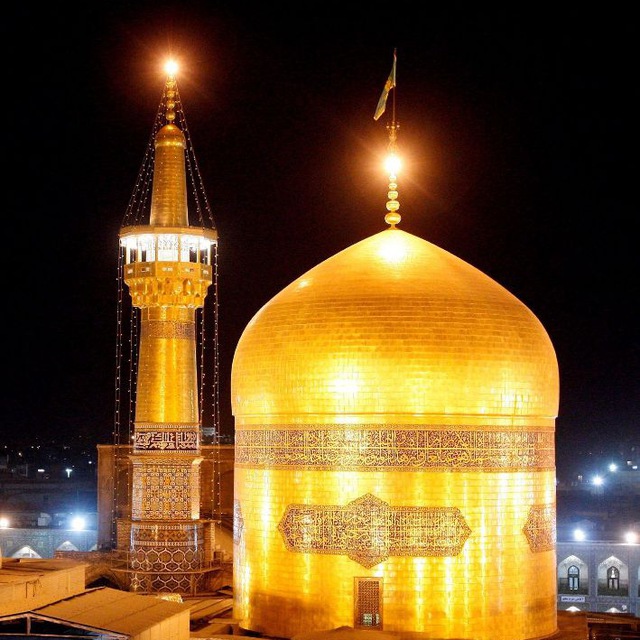Speculativeism and the structure of Iran’s political economy
Abbas Akhundi – August 31, 2018
When the 9th government came to power in 2004, something happened in the structure of Iran’s economy, and until it is not addressed, its harmful effects will continue to haunt Iran’s economy for years. And it will make the people of Iran face poverty, extreme inequality, inflation and corruption, which unfortunately, we hear news about every day these days. Although speculativeism in Iran has long-standing roots, its intensification and new peak period began with the start of the ninth government in 2004. It was during this period that with the concentration of resources of wealth and power of the government; In its general sense, in the hands of a special group and pushing other economic actors of the private sector out of the entrepreneurial scene, the speculative economy rose again. Simultaneously with this incident, the establishment of urban management based on real estate speculation for a period of 12 years in the city of Tehran, taropod speculation invaded the structure of Iran’s economy.
In 1989, Mohammad Sadegh Al-Hosseini and Parisa Aghakathiri translated a book by Laura LaHaye called Mercantilism and published a summary of it in the same year in Dunyai Ekhtaz newspaper, which I am republishing below this note. Knowledge of this system helps us to understand the current situation of the structure of Iran’s economy. In the system of mercantilism, strategic coordination and alignment of interests between merchants and the government takes place in the concept of government. Therefore, instead of regulating and judging fairly among economic, political or social actors, the government works as a tool to enforce the opinion of more powerful traders. For example, in the field of economy and trade, creating a high wall of tariffs on foreign trade under the pretext of supporting domestic production is a preferred policy. A clear example of that is the car production policy in Iran. Formalizing monopolies or multilateral monopolies or their tacit acceptance is another function of this system. In this wrong cycle, those who have profited in the first step, and have reached capital through speculation, will never want this speculation to end.
In this connection, Fereydoun Tafzali focuses on the relationship between speculativeism and inflation as well as the stagnation and growth of the unemployment rate in his article under the title of the emergence of ideas, schools of thought and new economic theories during the industrial revolution. The same problem that burns to the bone of the Iranian people, especially the low-income groups. In any case, knowing about the mercantilist system and comparing it with the speculative structure in Iran’s economy helps to understand the phenomenon of inflation and corruption in Iran’s economy.
The point emphasized in this article is that without knowing the root of the pain, one cannot take a step towards improvement. Many of the addresses given in the media are unreal. In order to reform the structure of Iran’s economy, it is necessary to understand why the system is inefficient. Otherwise, the cycle of increased government intervention in the economy, which is currently the policy of the government and the parliament, will only lead to the worsening of the situation, the development of corruption and the increase of inequality.
yon.ir/Vt9li
This note was published in Khabaronline.
@AbbasAkhoundi
Abbasakhoundi.ir
This post is written by monese_ghamgosar
